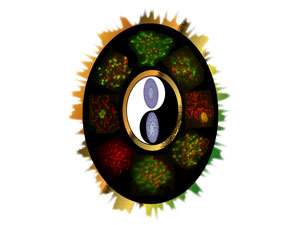Protein essential for spermatogenesis could lead to new methods of contraception

"Infertility is generally perceived to be mostly a female problem, but this is wrong," says Philipp Kaldis, researcher from A*STAR. Kaldis studies the development of human sperm, his work could one day lead to the treatment of male infertility and help develop chemical contraception methods for males.
To set his work in context, Kaldis points to studies reporting a 50-60 per cent fall in sperm counts between 1973 and 2011. "Claims that this trend could lead to the extinction of the human race may be exaggerated," he concedes, but they do indicate a need for understanding male fertility.
The importance of a protein called Emi2 for generating sperm in mice has now been shown by Kaldis, working with colleagues at the A*STAR Institute of Molecular and Cell Biology and collaborators elsewhere in Singapore and in Taiwan, the USA and Europe1. They say this indicates that the protein may play a similar role in humans. The researchers were able to identify the crucial role for Emi2 in testes by creating mice in which the gene that codes for the protein was knocked out. The mice were left sterile, but suffered no other major effects.
"Nobody had previously studied the role of this protein in testis," says Kaldis, noting that the protein has been shown to be involved in controlling the cell divisions that produce egg cells in ovaries, but that its activity has not been detected in other tissues. This all suggests that it is an important player in human reproduction.
"The next step is to figure out all of the functions of Emi2 in making sperm," says Kaldis. The work so far suggests that it is essential, but has not fully revealed why.
There are hints, however, from the protein's known role in the ovary. There, it regulates meiosis, an essential cellular process for halving chromosome numbers to make egg and sperm cells that will combine to form a fertilized egg cell.
Any applications of the research to devise treatments for male infertility, or contraceptives, would require much further research, but Kaldis' work lays the foundations for major medical advances.
More information: Lakshmi Gopinathan et al. Emi2 Is Essential for Mouse Spermatogenesis, Cell Reports (2017). DOI: 10.1016/j.celrep.2017.06.033




















